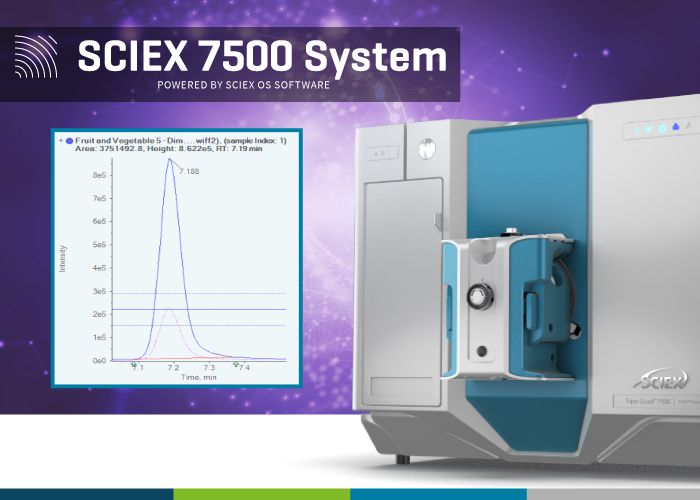What can sensitivity give you other than lower LOQs in food and cannabis testing?
- Like
- Digg
- Del
- Tumblr
- VKontakte
- Buffer
- Love This
- Odnoklassniki
- Meneame
- Blogger
- Amazon
- Yahoo Mail
- Gmail
- AOL
- Newsvine
- HackerNews
- Evernote
- MySpace
- Mail.ru
- Viadeo
- Line
- Comments
- Yummly
- SMS
- Viber
- Telegram
- Subscribe
- Skype
- Facebook Messenger
- Kakao
- LiveJournal
- Yammer
- Edgar
- Fintel
- Mix
- Instapaper
- Copy Link


This is where sensitivity is at play. However, more than often, we see sensitivity myopically. Often, improvements in sensitivity thought of only as a way to improve limits of quantification (LOQ). While LOQ is a critical performance characteristic in method validation, which refers to the smallest concentration an analytical procedure can accurately and precisely measure, we’re here to tell you sensitivity is about more than that!
Sensitivity, at its core, offers flexibility. It can improve detection confidence, tighten precision, and simplify workflows. Further, sensitivity offers the ability to drive Once you have the signal, creativity begins.
In this webinar, Robert DiLorenzo demonstrated the various advantages of next-level sensitivity using the SCIEX Triple Quad™ 7500 LC-MS/MS System – QTRAP® Ready with multiple contaminant testing case studies. Topics discussed will include ion statistics, ionization efficiency and selectivity, all with the intent of driving simplified laboratory workflows.
Learn more about:
- Ion statistics – Detector technology is reaching a critical sensitivity limit, but by increasing the total number of ions that reach the detector with a D Jet Ion Guide, we improve the confidence in distinguishing detecting the real signal from noise
- Ionization efficiency – Everything is easy in a neat solvent, but matrix poses a challenge. With improved ion transmission and ion generation with the E Lens on the OptiFlow Pro Ion source, the ability to dilute away matrix effects rather than spending time on sample cleanup
- Selectivity – Now that we have plenty of signal, we can employ more selective modes of analysis to cut through the noise, such as performing additional stages of fragmentation with MRM3
Register
Register to watch this on-demand webinar
Speaker


With BSc and MSc degrees in chemistry from the University of Toronto and a Ph.D. in analytical chemistry from Memorial University, Robert has been developing methods to analyze many small and large molecules from PFAS to biopolymers in various environmental matrices for over a decade. During his Ph.D., Robert used targeted and non-targeted approaches with high-resolution mass spectrometry to characterize complex mixtures (i.e., biomass burning aerosols).
Robert then completed a post-doc at the Hospital for Sick Children to develop high-throughput exposomic screening methods for identifying the role of contaminants on fetal development.
Robert joined SCIEX in 2017 and is now the Staff Scientist in Global Technical Marketing for Food and Beverage markets.
Related topics
Food Safety, New product development (NPD), Processing, Product Development, Quality analysis & quality control (QA/QC)









